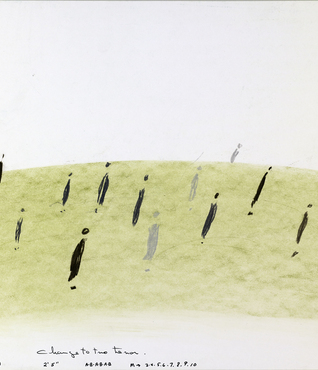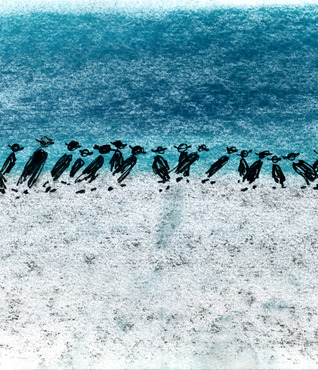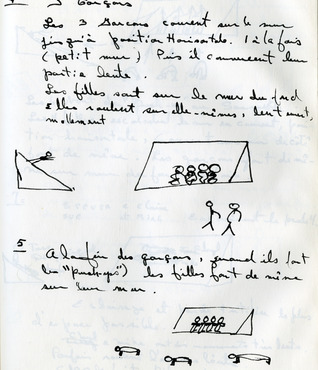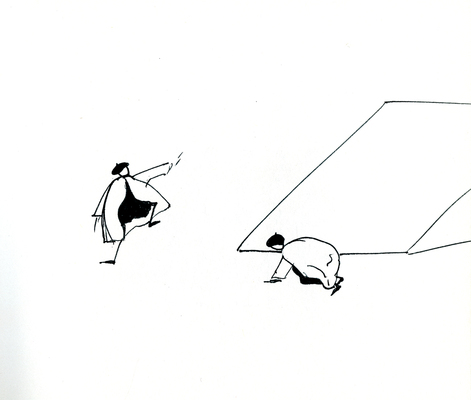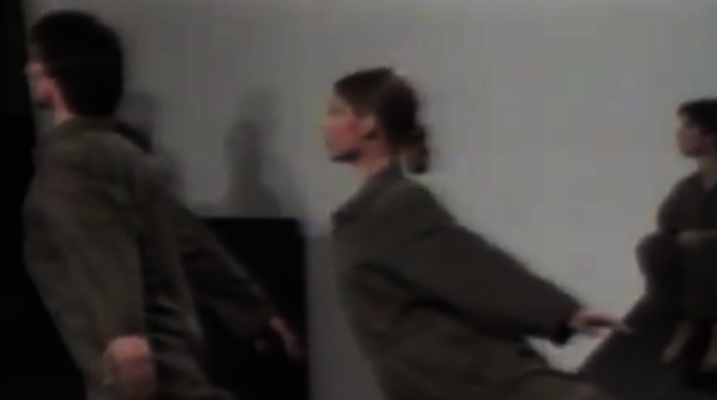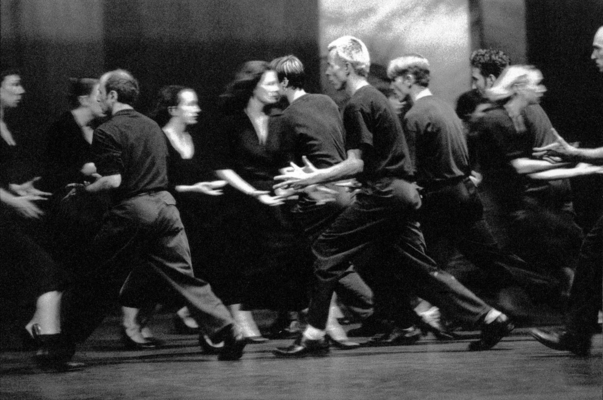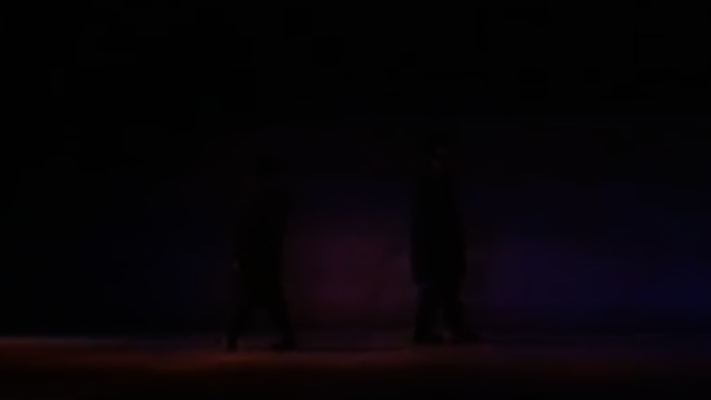THE WEIGHT OF THE WORLD (classroom)
Choreographic and visual art works
Educational objectives
The following excerpts, with accompanying questions and background information, focus our attention on the characteristics of the dancing body in Perreault’s oeuvre.
Students learn how Perreault’s drawings were a source of inspiration and support during his creative process. They analyze his dancers’ gestural and expressive qualities, and discuss his unique creative vision. The worksheets are designed to offer a deeper understanding of how body, expression and performance are inseparable in all of Perreault’s works. Students become more aware of the role of dynamics and, especially, of weight in the expressiveness of a dance work.
Pathways to appreciation
Aspects related to artistic creation
- Elements of choreographic language:
- Movements tied to energy: effort and states
- Personal and general space
- Relationship between partners: dynamic and spatial actions, types of formation
- Composition procedures
- Structural elements
- Elements making up the stage environment
Aspects related to performance
- Elements associated with artistic expression
Aspects related to culture
- Elements from dance history
Symbolic dimension
- Fragility – instability – precariousness – support – letting go
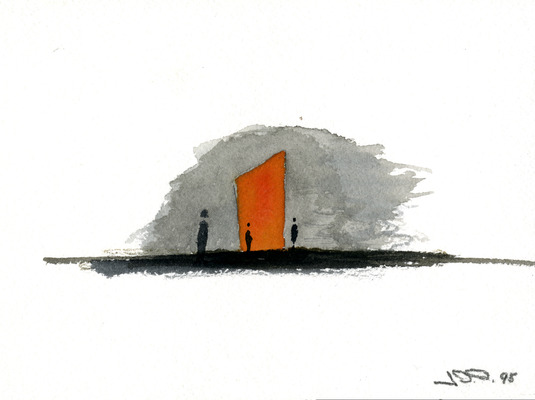
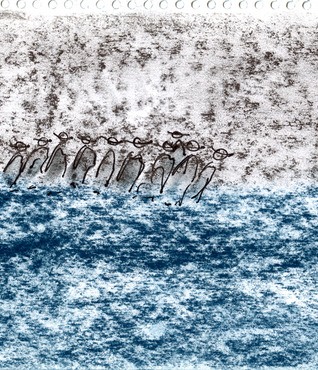
![“The practice of drawing, a corollary to the choreographer’s transformation of movement vocabulary, confirms his new conception of performance, at the same time inaugurating a composition process that, for him, is entirely new.” [Translation] (Mathieu Albert, “Jean-Pierre Perreault,” ETC, No. 15, 1991, p. 74)](http://jeanpierreperreault.com/media/4f611c86c5024r/318x370/06M_P787_Dessins_2003-287.jpg)
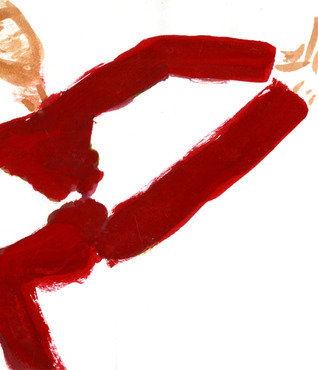
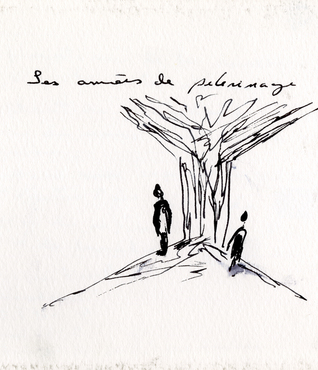

![“For him [Jean-Pierre Perreault], drawing opens the door to a world free of material restraints, which allows him to develop his work and concept in an open, more workable space.” [Translation] (Mathieu Albert, “Jean-Pierre Perreault,” ETC, No. 15, 1991, p. 75)](http://jeanpierreperreault.com/media/5272a38ad2effr/318x370/06M_P787S4SS7SSS3D19_16.jpg)
